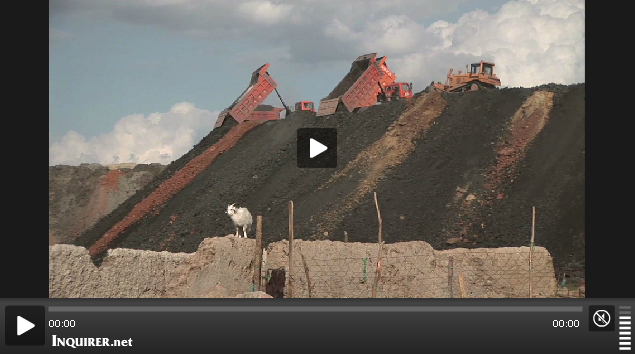| Agence France-Presse |
| August 15, 2012 |
| Beijing |
Beijing plans to increase coal production by 2.2 billion tons a year by 2015 as it tries to meet the country’s growing demand for electricity, and is building 16 new facilities, most of them in the northern provinces of Inner Mongolia, Shaanxi, Shanxi and Ningxia.
But a new Greenpeace report said this would require up to 10 billion cubic metres (350 billion cubic feet) of water annually, creating a “grim future” for a region already suffering severe water shortages.
“The reality is there is simply not enough water,” said Li Yan, Greenpeace East Asia climate and energy campaign manager. “It is limited, and there is no miracle to ensure the water resources in those areas could magically increase.
“We are calling for a serious re-think of the scale of these plans, which look really over-ambitious.”
Greenpeace said the vast amounts of water needed for coal extraction and electricity production would have a severe impact on the Yellow River, with 41 percent of the country’s coal reserves located on the river’s upper reaches.
Areas surrounding some of China’s biggest coal power bases have already suffered “accelerated grassland and wetland degradation”, forcing the region’s traditional herders off the land, it said.
Supplies of drinking water could also be affected by the plans, as the Yellow River’s tributaries are prone to drying up because of coal mining.








